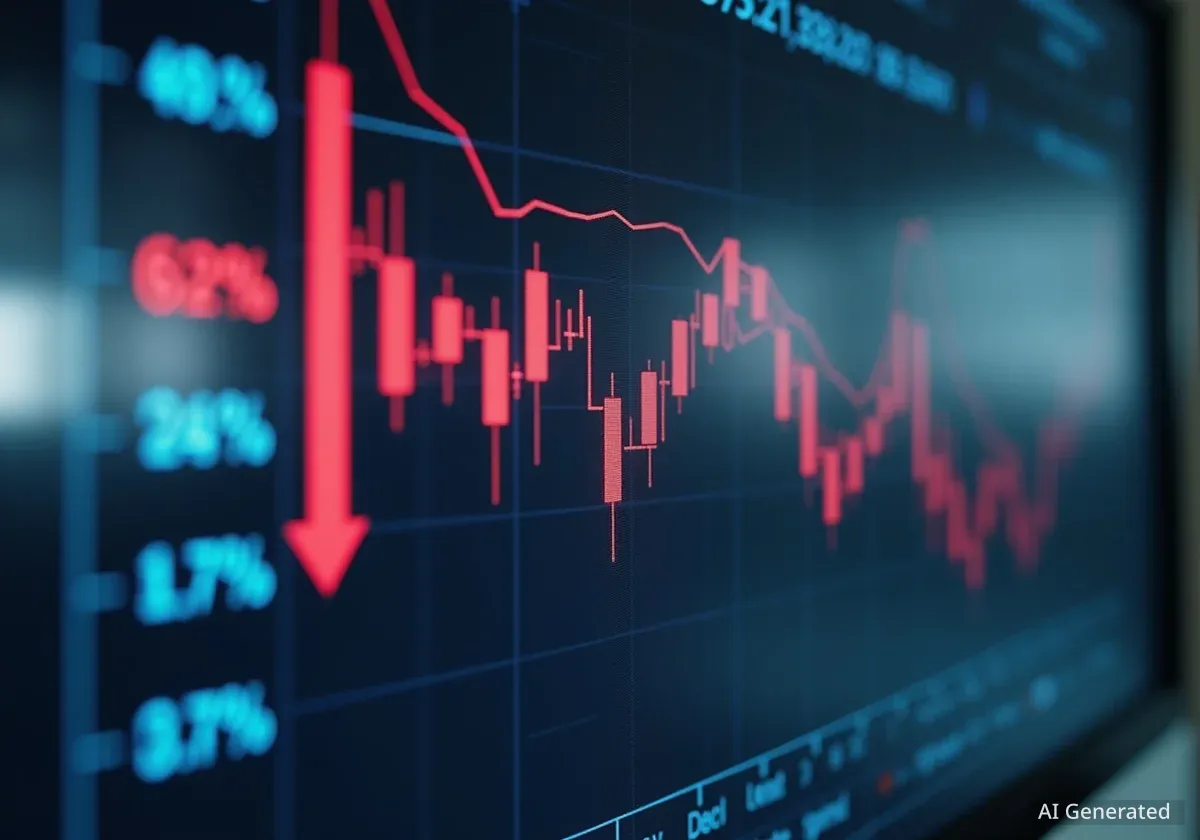The U.S. Securities and Exchange Commission (SEC) is scheduled to deliver rulings on at least five separate applications for spot XRP exchange-traded funds (ETFs) during a critical seven-day period in October. These decisions will determine whether XRP gains a regulated investment vehicle in the United States, potentially opening the asset to a wider pool of institutional investors.
Investment firms have submitted their final amended applications for these products, following updated guidance from regulators. With the filings now under review, the financial industry is closely watching the calendar as the deadlines approach for Grayscale, 21Shares, Bitwise, and others.
Key Takeaways
- The SEC has set a series of decision deadlines for several spot XRP ETF applications in October.
- Five key rulings are expected between October 18 and October 24 from firms including Grayscale, 21Shares, and Bitwise.
- Approval would create a regulated investment product for XRP, similar to those available for Bitcoin and Ethereum, potentially attracting institutional capital.
- Rejection of these ETFs would prolong the regulatory uncertainty that has surrounded XRP in the U.S. market for years.
A Concentrated Week of Regulatory Rulings
The financial market is preparing for a significant week in October that could reshape the investment landscape for XRP. The SEC has established a tight schedule for its decisions on several proposed spot XRP ETFs, indicating a coordinated review process for the digital asset.
The series of announcements will begin on October 18 with the verdict on Grayscale's application. This will be followed closely by decisions for 21Shares on October 19 and Bitwise on October 20. The week will conclude with rulings for CoinShares and Canary Capital on October 23, and finally for WisdomTree on October 24. This rapid succession of five rulings in just seven days underscores the importance of this period for the digital asset industry.
According to Nate Geraci, a prominent market analyst, the final wave of amended filings for various spot crypto ETFs was expected by the end of the week. He noted that these filings were already far along in the review process, suggesting that the upcoming deadlines are firm. The submission of these polished documents marks the final step before the SEC moves into its ruling phase.
The Importance of a Regulated ETF
The approval of a spot XRP ETF would be a landmark event for the digital currency. An ETF provides a traditional and regulated investment structure, allowing investors to gain exposure to an asset without directly owning it. This is particularly attractive to institutional investors, such as pension funds and asset managers, who often face restrictions on holding digital assets directly.
Currently, investment in XRP is dominated by retail participants. A regulated ETF would act as a bridge, enabling large-scale institutional capital to flow into the XRP market through a compliant and familiar financial product. This has the potential to significantly increase liquidity, reduce volatility, and enhance the asset's legitimacy in the eyes of mainstream finance.
Background on Crypto ETFs
The path to a spot crypto ETF in the United States has been long and challenging. While futures-based crypto ETFs have been approved, the SEC has historically been hesitant to approve spot products, which hold the underlying asset directly. However, the approval of spot Bitcoin ETFs earlier marked a major policy shift, creating a precedent that firms backing XRP and other digital assets hope to follow.
If the SEC approves these applications, XRP would join Bitcoin and Ethereum in having a regulated entry point for investors in the U.S. This would place it among a select group of digital assets recognized within the traditional financial system. Conversely, a rejection would signal continued regulatory headwinds and maintain the existing barriers for institutional adoption.
An Existing Model for an XRP Fund
Investors looking to understand the potential structure of a spot XRP ETF have an existing example to study. The REX-Osprey XRP ETF is already trading on the CBOE exchange, providing a blueprint for how such a fund operates. Recently, the fund's price was trading at $23.59 per share.
An examination of its holdings reveals a straightforward structure designed to track the price of XRP. The fund's assets are primarily composed of direct holdings of the digital currency and related financial products.
REX-Osprey XRP ETF Holdings Breakdown
- Direct XRP: $15.4 million (49.6% of assets)
- CoinShares Physical XRP: $12.9 million (41.8% of assets)
- Subsidiary Exposure: $3 million (9.7% of assets)
This data shows that nearly 91.4% of the fund's assets are directly tied to physical XRP, demonstrating a clear and simple investment strategy. The fund also carries a small negative cash position of $544,000, which is a common operational feature in such products.
This existing product demonstrates that the mechanics of an XRP-backed fund are viable. The primary obstacle remaining is not operational but regulatory, hinging entirely on the SEC's upcoming decisions.
Two Divergent Paths for XRP
The outcome of the October rulings will set the course for XRP's future in the U.S. market. The digital asset has been at the center of a long-standing and high-profile legal battle with the SEC, and these ETF decisions are seen as the next major chapter in its regulatory story.
A green light from the SEC would be interpreted as a significant victory, likely triggering a shift from retail-driven market flows to more substantial and stable institutional investment. This could lead to increased market capitalization and broader integration into diversified investment portfolios.
"Those filings are pretty far along in the review process. Countdown to launch is on." - Nate Geraci, via Reuters
However, if the applications are rejected, it would reinforce the regulatory deadlock that has constrained XRP's growth in the United States. Such an outcome would disappoint investors and asset managers who have been preparing for the launch of these products. It would also raise further questions about the criteria the SEC uses to evaluate different digital assets.
With the timeline now clearly defined, the countdown has begun. The decisions made in October will not only affect the price of XRP but will also establish a critical precedent for how other digital assets are treated by U.S. regulators for years to come.





